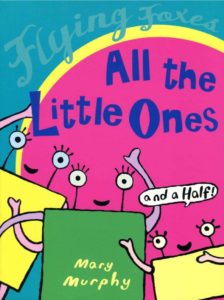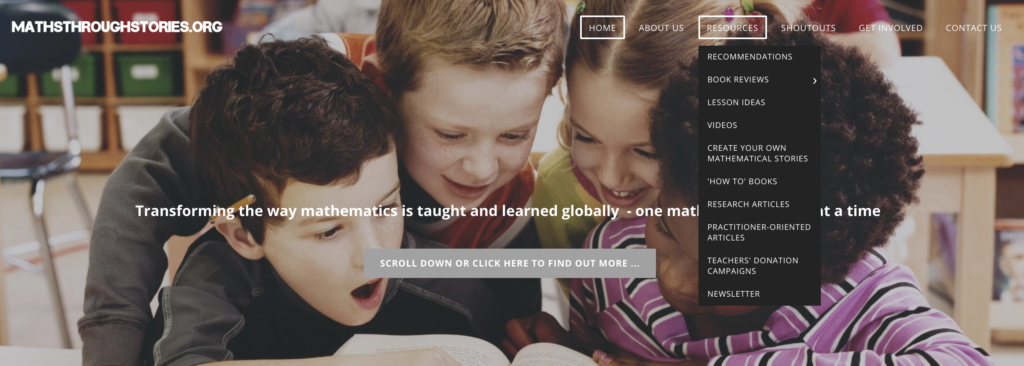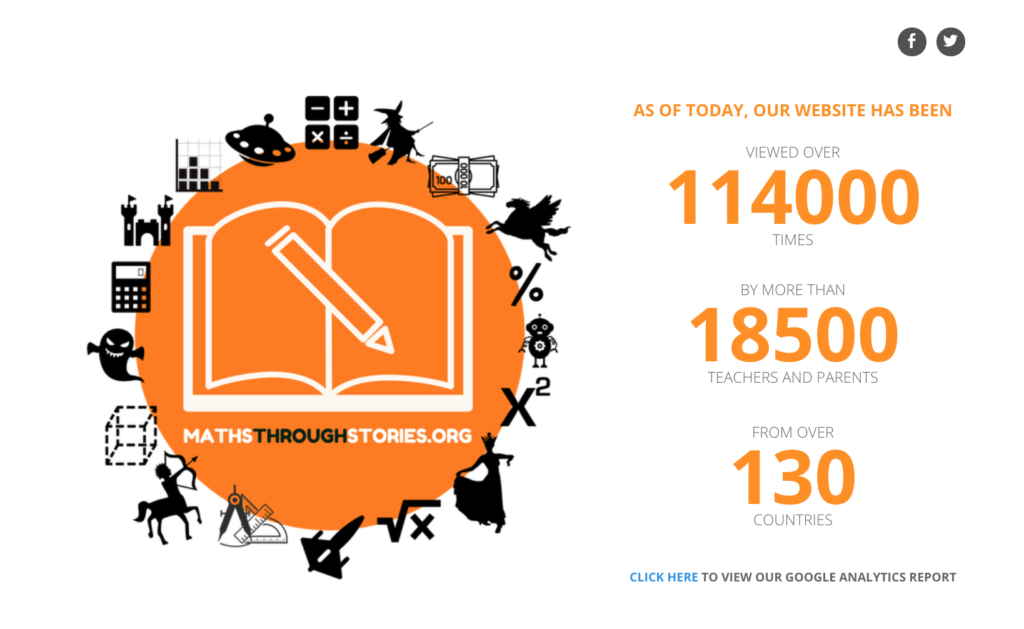Written by Natthapoj Vincent Trakulphadetkrai.
Setting the scene …
Over the past decades, research has consistently shown that mathematics ability and language ability are closely linked. In our recent research (Trakulphadetkrai, Courtney, Clenton, Treffers-Daller, & Tsakalaki, 2017), my colleagues and I, for example, found that language ability (as measured by reading comprehension level and vocabulary knowledge level, among others) is significantly correlated with word problem solving ability of young children. In a separate analysis, reading comprehension, in particular, is found to be a significant predictor of word problem solving ability. To an extent, these findings are hardly surprising given how children need reading comprehension skill and vocabulary knowledge just to help them decode the meaning behind each word problem before they can even engage with the problems mathematically.
In this blog post, I briefly highlight how the use of mathematical stories has the potential to not only develop children’s mathematical thinking, but also their language ability at the same time.
What are mathematical stories?
In the context of this blog, mathematical stories are taken to refer to narratives that contain a situation in which mathematical knowledge and skills are required to help characters meaningfully solve a problem that they encounter. At its core, mathematical stories, just like any stories, should have a storyline that involves a character(s), a problem(s) and a (mathematical) solution(s) for readers to relate to and to be emotionally invested in.
Take for example, ‘All the Little Ones and a Half’ by Mary Murphy (2001) (see Figure 1). This is a story about all the Little Ones and a Half who, along with the Little Twos, Threes, Fours and Fives, have lived happily until one day they are chased away from their homes by a big bad Hundred. Half (who is often forgotten by her peers because of her small size) comes up with an idea to stand up to Hundred, that is for everyone to join together and be counted. To their despair, it soon becomes apparent that they are not bigger and stronger than Hundred – they are just the same size. It is only when Half reminds everyone that she should be counted too that they realise that they are now bigger and stronger than Hundred … by a half! Together, they are able to successfully stand up to and chase away the big bad Hundred. Action! Drama! Solidarity! Justice! This story is full of characters, struggles, solutions and emotions, and yet at its core is also a story about place value, number comparison and fractions. Through page illustrations, young readers can see what Half looks like in comparison to each of the Little Ones and the big bad Hundred, allowing their number sense to be developed whilst learning words like half, one, hundred, bigger, smaller and equal in the process.
The positive impact of using storytelling, particularly in the picture book format, on developing children’s mathematical ability has been well documented empirically by research, such as those conducted by Elia, Van den Heuvel-Panhuizen and Georgiou (2010) and Van den Heuvel-Panhuizen, Elia and Robitzsch (2016). Similarly, existing research, such as those of Hassinger-Das, Jordan and Dyson (2015) and Purpura, Napoli, Wehrspann and Gold (2017), have also empirically confirmed the positive impact of using stories to develop children’s language development, particularly their vocabulary knowledge.
Figure 1: ‘All the Little Ones and a Half’ by Mary Murphy (2001)
Another key advantage of teaching mathematics through the use of stories, particularly in the picture book format, is that children arguably do not see them in the same way that they see, for example, mathematics textbooks or worksheets with word problems after word problems to be solved. They are more likely to view mathematical story picture books as something that they can be emotionally invested in, and something that they can enjoy interacting with over and over again either together with the whole class or in their own time at their own pace. Research, such as McAndrew, Morris and Fennell (2017), has also empirically showed that the use of stories in mathematics teaching can help to foster children’s positive attitude towards the subject.
What’s next for you?
I hope this blog has shown how storytelling, language development and mathematics learning do not have to be mutually exclusive.
If you wish to learn more about research on the use of storytelling in mathematics teaching and learning, and to browse through my recommendations for over 500 stories suitable for mathematics teaching as well as book reviews and lesson ideas among several other useful resources, why not head to my research project’s website, MathsThroughStories.org (see Figure 2)! Whether you are a teacher, a researcher, a policy maker and/or a parent, I hope you will find the website useful. If you are on Twitter, let’s continue this #MathsThroughStories conversation on-line using the Twitter accounts below 🙂
Figure 2: The MathsThroughStories.org website
References
Elia, I., Van den Heuvel-Panhuizen, M., & Georgiou, A. (2010). The role of pictures in picture books on children’s cognitive engagement with mathematics. European Early Childhood Education Research Journal, 18(3), 275-297.
Hassinger-Das, B., Jordan, N. C., & Dyson, N. (2015). Reading stories to learn math: Mathematics vocabulary instruction for children with early numeracy difficulties. Elementary School Journal, 116(2), 242–264.
McAndrew, E. M., Morris, W. L., & Fennell, F. (2017). Geometry-related children’s literature improves the geometry achievement and attitudes of second-grade students. School Science and Mathematics, 117(1-2), 34-51.
Purpura, D. J., Napoli, A. R., Wehrspann, E. A., & Gold, Z. S. (2017). Causal connections between mathematical language and mathematical knowledge: A dialogic reading Intervention. Journal of Research on Educational Effectiveness, 10(1), 116-137.
Trakulphadetkrai, N. V., Courtney, L., Clenton, J., Treffers-Daller, J., & Tsakalaki, A. (2017). The contribution of general language ability, reading comprehension and working memory to mathematics achievement among children with English as additional language (EAL): An exploratory study. International Journal of Bilingual Education and Bilingualism. Retrieved from: https://doi.org/10.1080/13670050.2017.1373742
Van den Heuvel-Panhuizen, M., Elia, I., & Robitzsch, A. (2016). Effects of reading picture books on kindergartners’ mathematics performance. Educational Psychology, 36(2), 323-346.
About the author
Natthapoj Vincent Trakulphadetkrai is a Lecturer in Primary Mathematics Education at the University of Reading, Institute of Education, and the founder of MathsThroughStories.org.
@NatthapojVinceT www.Natthapoj.org
@MathsStories www.MathsThroughStories.org
.


